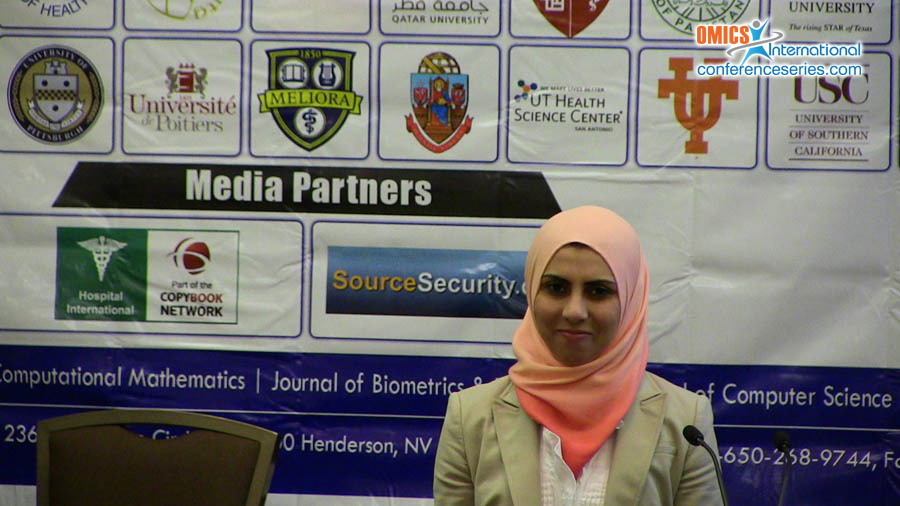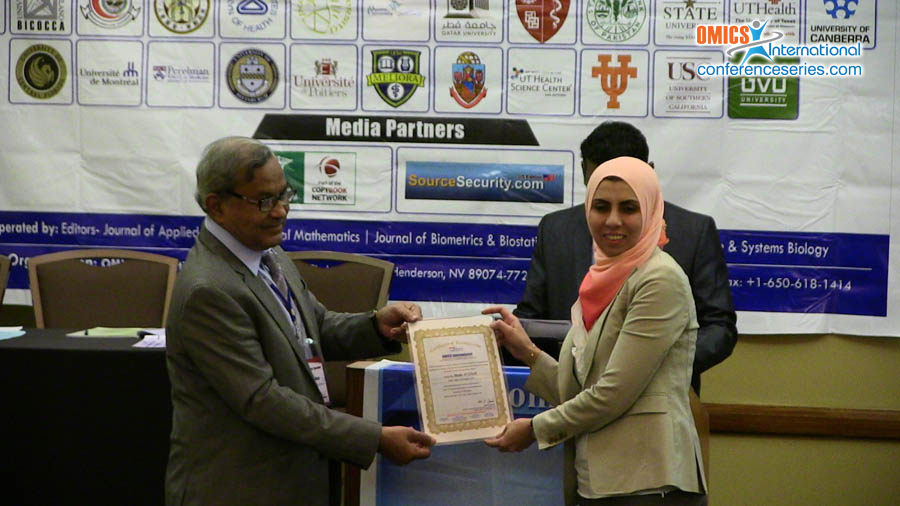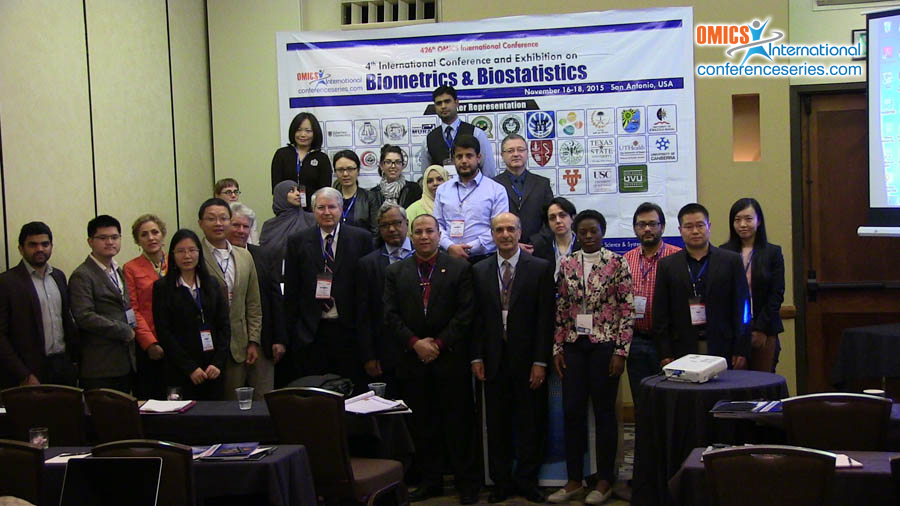
Huda Al-Ghaib
Utah Valley University, USA
Title: Structural similarity index algorithm for accurate mammogram registration
Biography
Biography: Huda Al-Ghaib
Abstract
American Cancer Society documented that around 240,000 women are diagnosed with cancer in the United States during 2015 with morality rate of around 40,000. 1 out of 8 women would develop breast cancer during her life time. Unfortunately, breast cancer is a symptomatic disease. Screening mammography is a widely used procedure in developed countries to fight against breast cancer. In this procedure, women within a certain age are recommended to perform screening mammography regularly to search for abnormalities such as masses, calcifications, and architectural distortions. One challenge is detecting subtle malignant abnormalities in consecutive, temporal, images acquired for the same patient over time. Currently, a radiologist is visually comparing temporal mammograms to search for these subtle changes. This is a time consuming procedure. Also, limitations of human visual systems have led to misinterpreting the temporal mammograms and hence produce false negative and false positive rates. One method to increase the accuracy of temporal mammogram registration is through applying arithmetic algorithms in machines to detect these subtle changes. In this research, structural similarity index measurement is applied to register temporal mammograms for that purpose. Factors such as image rotation and translation are taken into consideration in this algorithm. The algorithm is compared with two well-known algorithms, i.e., Mutual Information (MI) and Correlation Coefficients (CORR). Based on the radiologist outcome, our algorithm provided better results compared with the other two algorithms. Using metric measurements, SSIM was found to reduce the error rate by 59.3% compared with 61.1% and 63.2% for CORR and MI, respectively.
Speaker Presentations
Speaker PDFs
Speaker PPTs Click Here






